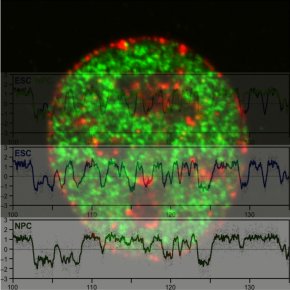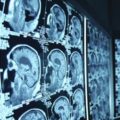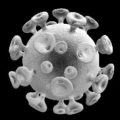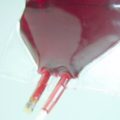
In important new work, Florida State University (FSU) molecular biologists have begun to unscramble the enormously complex process by which DNA is repackaged during differentiation – when embryonic stem cells, jacks of all cellular trades, lose their anything-goes attitude and become masters of specialized functions. As a result, scientists now are one significant step closer to the goal of stem cell therapy – to successfully convert adult tissue back to an embryo-like state so that it can be used to regenerate or replace damaged tissue.
Reporting the findings in PLoS Biology, Gilbert explained how all the information (DNA) required to take on the identity of any tissue type is present in every cell. “We already can, albeit very inefficiently, create whole animals from adult tissue through cloning,” Gilbert said. “We also can make a kind of artificial embryonic stem cells, called induced pluripotent stem cells, out of many adult cell types, but there are two major hurdles remaining. First, the methods currently used rely on the unnatural retroviral insertion of genes into patients’ cells, and these genes are capable of forming tumors. Second, this method is very inefficient as well because only one in 1,000 cells into which the genes are inserted becomes pluripotent. We must learn how cells lose pluripotency in the first place so we can do a better job of reversing the process without risks to patients.”
Background information in the PLoS Biology article explained that while adult cells are highly specialized, they have tucked away in them the information (they no longer need) on how to become other cell types. Thus, all cells contain the same genetic information in their DNA, but during differentiation they package it with proteins into chromatin in characteristic ways that define each cell type. To date, the rules that determine how cells package DNA are complicated and have been difficult for scientists to decipher.
But, Gilbert noted, one instance that the cell “shows its cards” is during DNA replication. “During this process, which was the focus of our FSU research, it’s not just the DNA that replicates,” he said. “All the packaging must be replicated as well in each cell division cycle.”
He explained that embryonic stem cells have many more, smaller “domains” of organization than differentiated cells, and it is during differentiation that they consolidate information. “In fact, ‘domain consolidation’ is what we call the novel concept we discovered,” he said.
Gilbert likened the concept of domain consolidation to the undeclared or “undifferentiated” college student who then consolidates her literature resources during the course of declaring a major and specialization. “From a student with books on all subjects on all of her bookshelves comes a student who has placed all texts pertaining to her major on the eye-level shelf and moved the distantly-related, potentially distracting texts to the hard-to-reach bottom or top shelves,” he said.
“Now, our challenge as scientists,” said Gilbert, “is to build on what we’ve learned about domain consolidation so that we can efficiently and safely create patient-specific induced pluripotent stem cells or even coax the body’s cells to change their specialization in response to medications.”
Related:
Stem Cell Stumbling Blocks
Church And State Mixed In The Test Tube
Biochemical “Noise” Critical For Regulating Biological Processes
Rogue Stem Cell Study Yields Anti-Cancer Protein
Motion Important For Viable Stem Cells








Comments are closed.